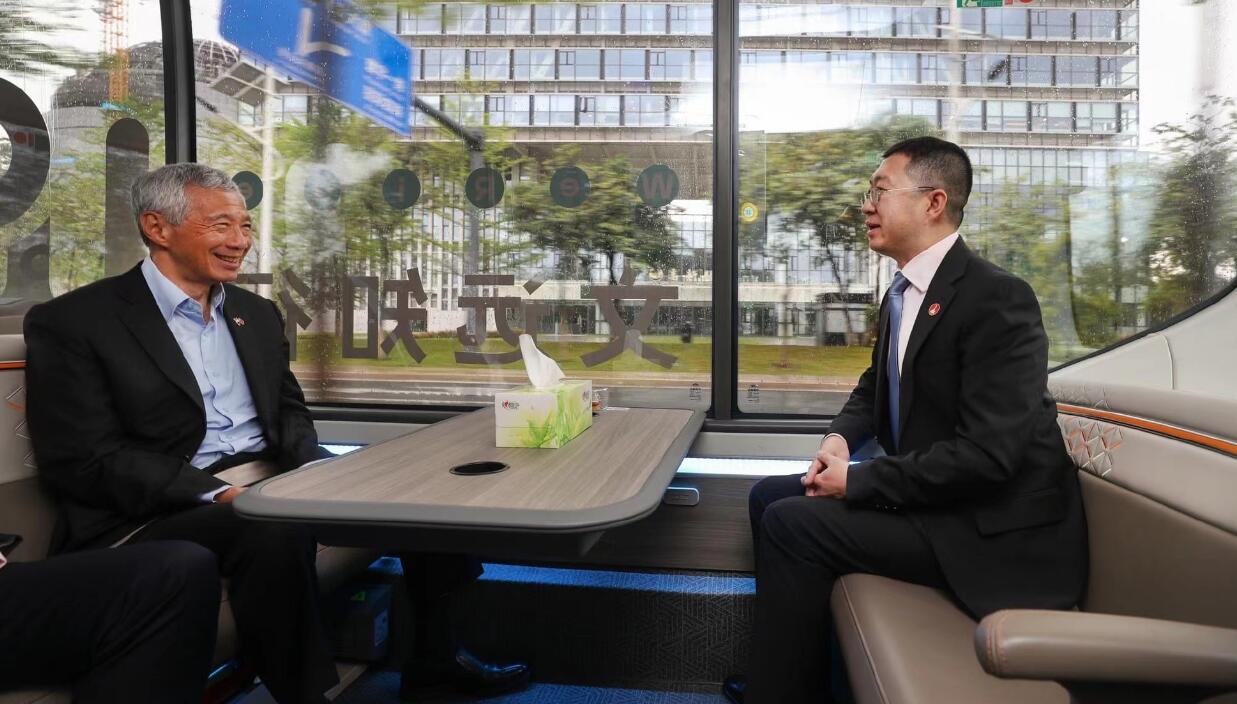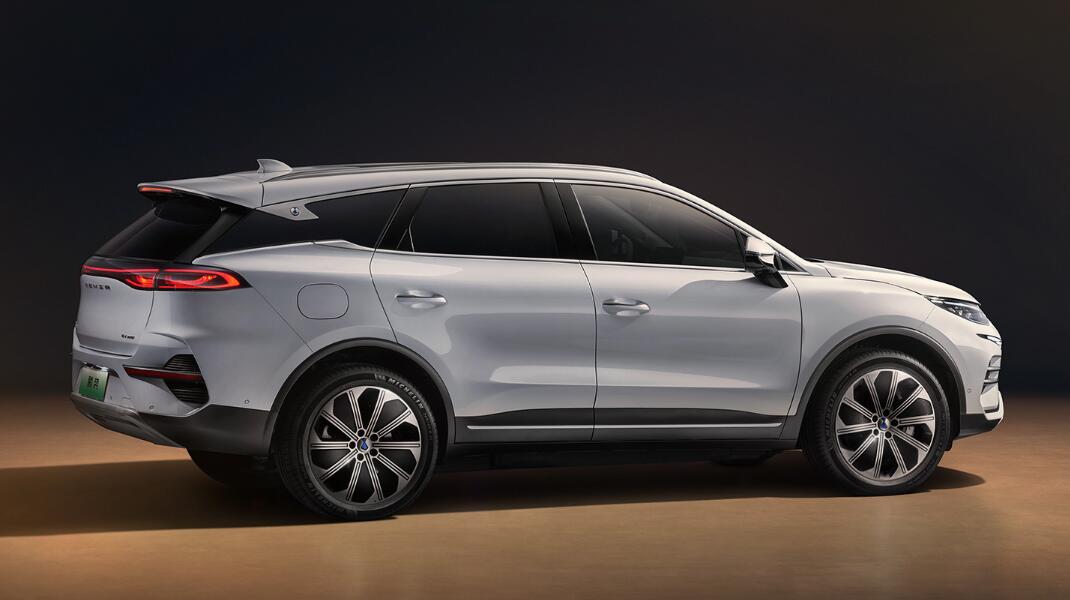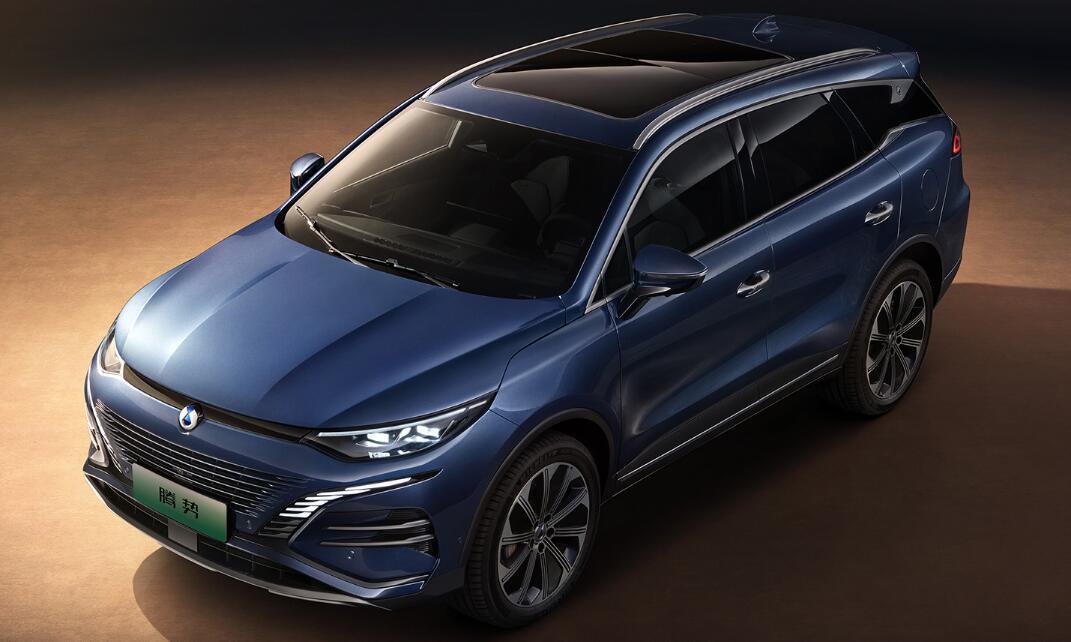In the January-February period, SAIC-GM-Wuling sold 50,433 NEVs in China, second only to BYD and Tesla.

(Image credit: Wuling)
SAIC-GM-Wuling, which has had success in the mini electric vehicle (EV) market, is offering another new model to Chinese consumers.
Wuling yesterday officially launched the new EV model Binguo in China, offering five versions with starting prices of RMB 59,800 ($8,683) to RMB 83,800.
The car is an A0-class EV with a length, width and height of 3,950 mm, 1,708, mm and 1,580 mm, respectively, and a wheelbase of 2,560 mm.

For comparison, Wuling's current hot-selling Hongguang Mini EV has a length, width and height of 2,920 mm, 1,493 mm and 1,621 mm, with a wheelbase of 1,940 mm. The Mini EV has a starting price of RMB 32,800.
The Wuling Binguo is available in two powertrain versions, with a permanent magnet synchronous motor as standard and a maximum power of 30 kW and 50 kW respectively.
The vehicle is equipped with lithium iron phosphate battery packs with capacities of 17.9 kWh and 31.9 kWh, respectively, and has a CLTC range of 203 km and 333 km, respectively.
The 333 km range model supports fast charging, taking 35 minutes to charge from 30 percent to 80 percent.
With slow charging, the car can be charged from 20 percent to 100 percent in 5.5 hours.

It is worth noting that although the model was officially launched yesterday, it has been available for pre-order since March 2 and more than 2,700 units have already been delivered.
SAIC-GM-Wuling is a joint venture between SAIC Group, General Motors and Liuzhou Wuling Motors, headquartered in Liuzhou, Guangxi Zhuang Autonomous Region, southwest China.
It sells vehicles based on the GSEV (Global Small Electric Vehicle) architecture in China, including the Mini EV, KiWi EV, Nano EV and Air EV. In addition to these pure electric models, SAIC-GM-Wuling also sells fuel-powered SUVs, MPVs and vans.
In January-February, SAIC-GM-Wuling sold 50,433 new energy vehicles (NEVs) in China, down 15.3 percent year-on-year, according to the China Passenger Car Association (CPCA).
But the automaker was third in China in NEV sales in the first two months, with a 6.5 percent share, behind BYD's 40.8 percent and Tesla's 7.8 percent.
($1 = RMB 6.8871)


The post SAIC-GM-Wuling launches new EV model, price from $8,680 appeared first on CnEVPost.
For more articles, please visit CnEVPost.















